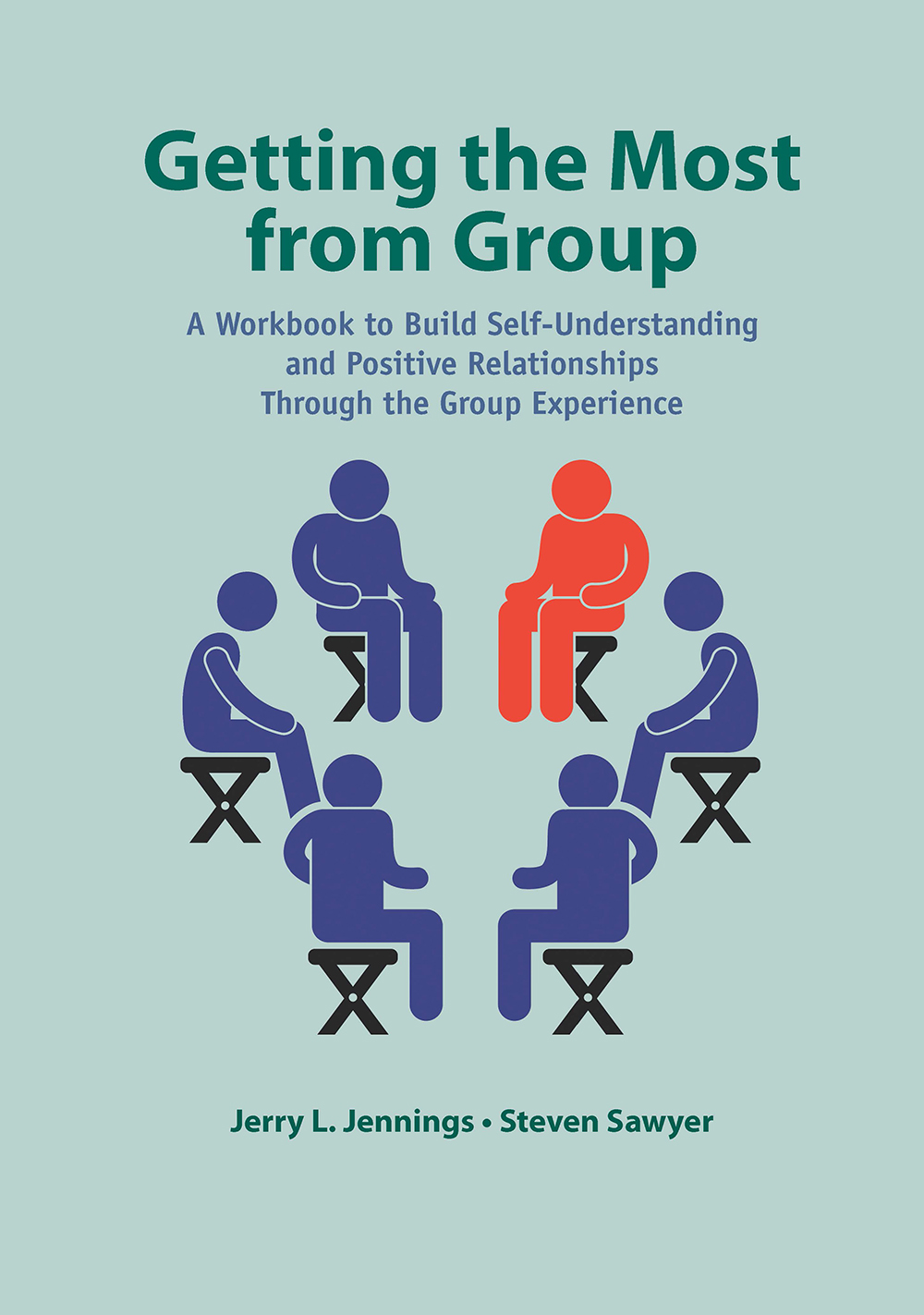Liberty Healthcare’s Dr. Jerry Jennings, VP of Clinical Services, has recently co-authored a new book that is the first-ever motivational client workbook to support group-centered treatments for adolescent and adult males. Getting the Most from Group is a strengths-based and person-centered workbook that complements and augments overall treatment and group work by preparing clients to enter group therapy with hope and optimism rather than apprehension. It is designed to help motivate clients to engage sooner and more meaningfully in treatment, especially in the early period of treatment and for mandated (involuntary) treatment.
The workbook is designed to promote engagement in all types of group-based treatment programs, including treatment for substance abuse, domestic violence, sexual abuse, mental health, and anger management. It fits into any therapeutic framework, including cognitive-behavioral, psychodynamic, good lives and interpersonal and is flexible enough to be used in outpatient, residential, inpatient, correctional, and forensic settings.
The workbook has a strong emphasis on getting the client over the first big hurdle: fears and apprehensions about first entering the group treatment—by using positive orientation and preparation. But the real meat of the workbook is the strengths-based approach to inviting self-discovery and motivating engagement. To facilitate a positive attitude toward treatment, Chapter 1 offers with a self-assessment and recognition of personal strengths. This is beneficial for motivating clients who are angry or in despair over losses, mistakes, or offenses that led to being recommended or mandated for treatment.
Chapter 2 helps the client manage some common fears and apprehensions about starting treatment and helps create a positive mindset of curiosity, discovery, and learning. Chapters 3 to 5 provide opportunities for the client to explore topics that are often important in treatment, such as masculinity and gender stereotypes, cooperation, giving and receiving help and criticism, and forming relationships. Chapters 6 and 7 help the client process the complex experience of entering a new group and becoming accustomed to the nature of group therapy and group-based treatment. This includes setting individual personal goals that can be specific to the group experience. And the final chapter provides a brief, one-page self-reflection tool that clients can use to think about and process what they have experienced in each group session.
If you would like to learn more about this valuable resource, contact Jerry via e-mail at jerry.jennings@libertyhealth.com
